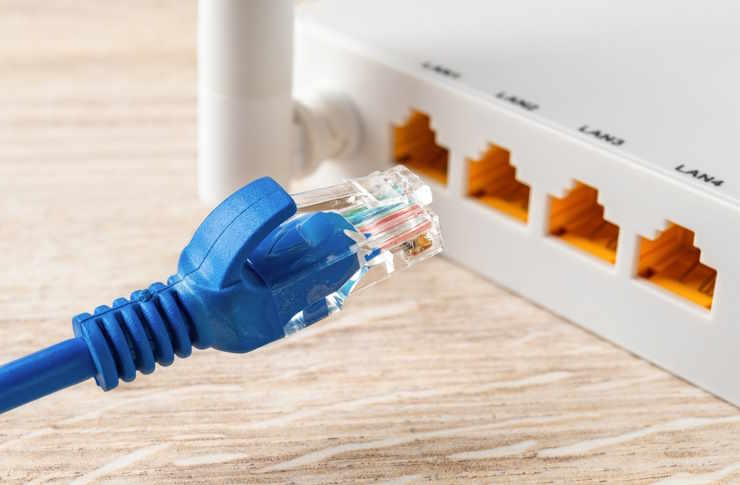SMART WAYS TO REDUCE YOUR INTERNET BILL
Feeling like your internet bill is constantly creeping up? You’re not alone. Many households are overpaying without even realizing it. Discover surprising, yet simple strategies that can significantly cut down your monthly internet costs. From leveraging hidden deals to optimizing your current plan, this guide will show you exactly how to keep more money in your pocket without sacrificing speed or reliability.

How can I compare internet plans in my area?
One of the smartest ways to reduce your internet bill is by comparing available plans in your area. Start by researching local internet service providers (ISPs) and their offerings. Use online comparison tools that allow you to input your zip code and see a list of available providers and plans. Pay attention to factors like download and upload speeds, data caps, and contract terms.
Don’t just focus on the advertised price. Look for hidden fees, installation costs, and equipment rental charges. Some providers may offer introductory rates that increase after a certain period, so be sure to factor in long-term costs. Additionally, consider bundle deals that combine internet with TV or phone services, as these can sometimes offer better value.
What strategies can I use to negotiate with my current provider?
Negotiating with your current internet provider can lead to significant savings. Start by researching competitor offers in your area. Armed with this information, call your provider’s retention department and express your interest in switching due to lower prices elsewhere. Often, they’ll be willing to match or beat these offers to keep your business.
Be polite but firm, and don’t be afraid to mention how long you’ve been a loyal customer. Ask about any current promotions or loyalty discounts you might qualify for. If they can’t lower your bill, inquire about upgrading your service for the same price or getting additional perks like free premium channels or increased data allowances.
Is it possible to lower my internet speed without losing performance?
Surprisingly, you may be able to lower your internet speed and reduce your bill without noticing a significant drop in performance. Many households pay for higher speeds than they actually need. Start by assessing your internet usage habits. If you primarily use the internet for browsing, emailing, and streaming on one or two devices, you may not need ultra-fast speeds.
Use online speed test tools to check your current speeds at different times of the day. Compare these results with your typical online activities. For instance, Netflix recommends 5 Mbps for HD streaming and 25 Mbps for 4K. If you’re paying for 100 Mbps but only using a fraction of that, consider downgrading to a lower-tier plan. This can lead to substantial savings without impacting your online experience.
How can I identify and eliminate hidden fees on my internet bill?
Hidden fees can significantly inflate your internet bill. Carefully review your monthly statement and look for charges like equipment rental fees, installation costs, or “internet recovery fees.” Some of these may be one-time charges, while others recur monthly.
One common hidden cost is modem or router rental fees. Consider purchasing your own equipment instead of renting from your ISP. While there’s an upfront cost, it often pays for itself within a year or two. Also, watch out for data overage charges if you have a plan with data caps. If you consistently exceed your limit, it may be more cost-effective to switch to an unlimited plan.
What are some alternative internet options that could save me money?
Exploring alternative internet options can sometimes lead to significant savings. Consider mobile hotspots or cellular internet plans, especially if you’re a light internet user. These can be more cost-effective than traditional broadband in some cases.
If available in your area, municipal broadband networks often offer competitive rates. Additionally, look into whether you qualify for any government subsidies or low-income internet programs. The Affordable Connectivity Program, for instance, provides eligible households with discounts on internet service and connected devices.
How do different providers and plans compare in terms of cost and features?
When considering ways to reduce your internet bill, it’s crucial to compare different providers and plans available in your area. Here’s a comparison of some major providers and their typical offerings:
| Provider | Plan Type | Typical Speed | Monthly Cost | Key Features |
|---|---|---|---|---|
| Xfinity | Cable | 200 Mbps | $50-$60 | No data caps, free WiFi hotspots |
| AT&T | Fiber | 300 Mbps | $55-$65 | No annual contract, equipment included |
| Spectrum | Cable | 200 Mbps | $49-$59 | No data caps, free modem |
| Verizon | Fiber | 200 Mbps | $39-$49 | No data caps, no annual contract |
| CenturyLink | DSL/Fiber | 100 Mbps | $49-$59 | Price for Life guarantee |
Prices, rates, or cost estimates mentioned in this article are based on the latest available information but may change over time. Independent research is advised before making financial decisions.
By comparing these options and implementing the strategies discussed earlier, you can potentially save a significant amount on your monthly internet bill. Remember to regularly review your plan and usage to ensure you’re always getting the best value for your money.




